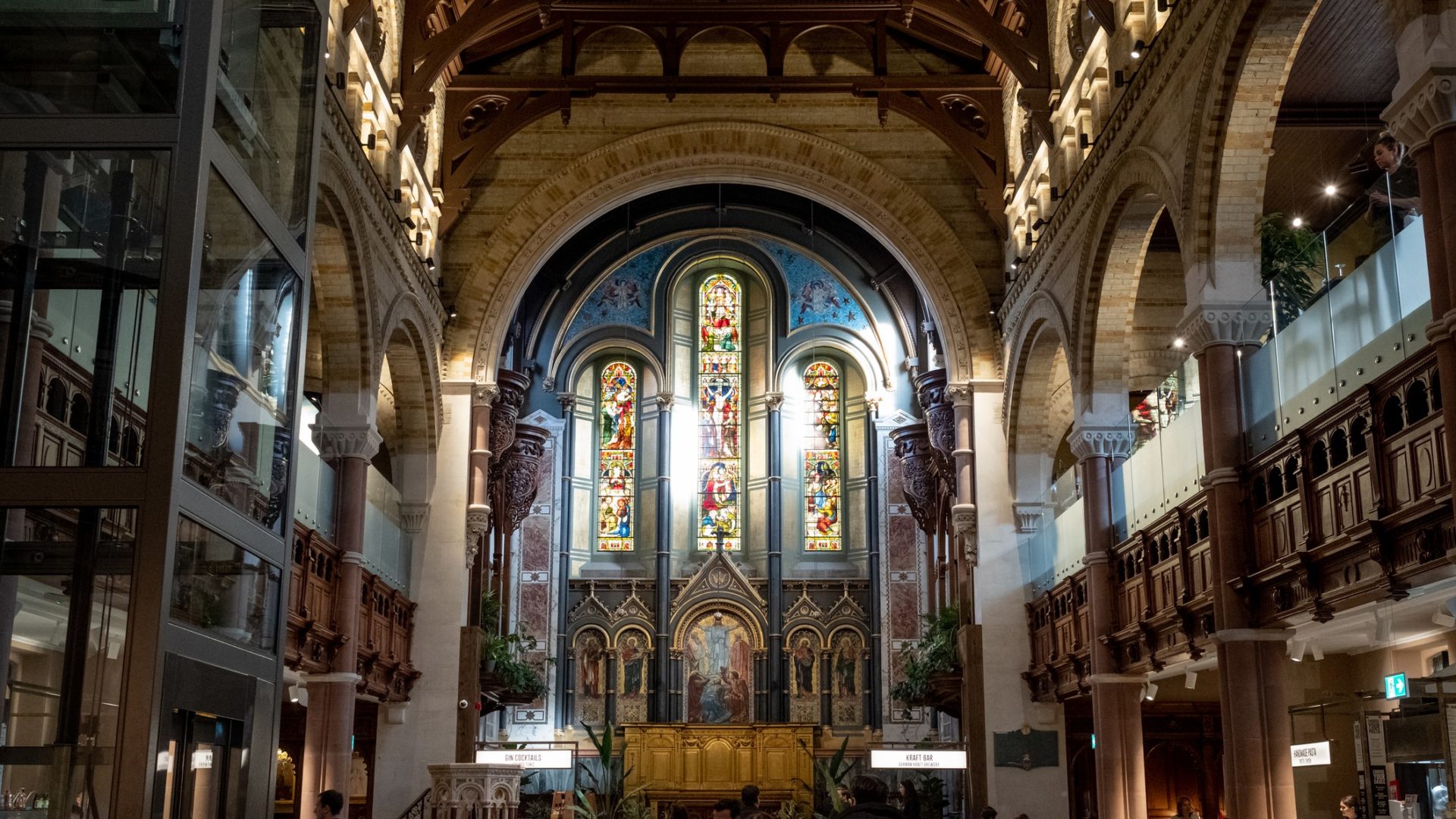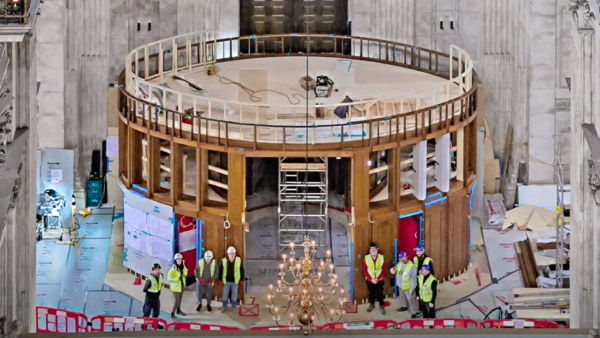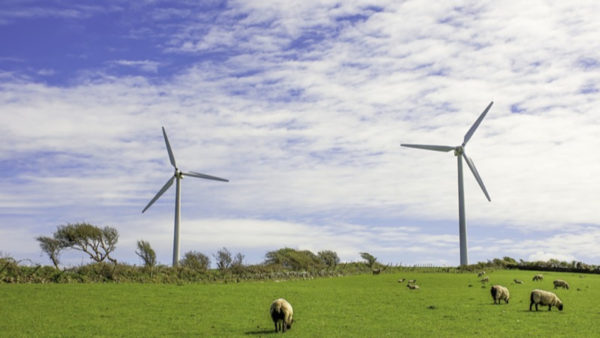
Making all listed buildings and unlisted historic dwellings in conservation areas energy efficient could reduce UK carbon emissions from buildings by 5%.
That’s the claim from property group Grosvenor, which is calling on the government to make major changes to planning policy to align heritage protection more closely with environmental sustainability.
The call from Grosvenor comes five months before the UN Climate Change Conference COP26, which is due to be held in Glasgow from 1 November until 12 November.
It has produced a report, called Heritage & Carbon, with a group of partners including the National Trust, Historic England, Peabody, Southern Housing and The Crown Estate, and written with Donald Insall Associates. The report argues for a decisive reformulation of planning policy in the run-up to COP26.
Around 500,000 buildings in England alone are protected by statutory listing and hundreds of thousands more are situated in conservation areas.
A Grosvenor-commissioned study estimated that fabric improvements to listed buildings in England and Wales, combined with unlisted historic dwellings in conservation areas, could deliver operational carbon savings equivalent to 5% of the UK’s carbon emissions associated with all buildings in 2019.
But it warned that “inconsistent and inconsistently applied policy, fragmented guidance and a skills gap offer little help to building owners” was preventing them from contributing to the government’s net zero aims.
It called for the government to align heritage protection and environmental sustainability much more closely in the National Planning Policy Framework (NPPF) and include appropriate policies for carbon reduction in relation to all designated heritage assets, excluding scheduled ancient monuments.
Grosvenor argued that this should be combined with other measures including funding for non-profit organisations to retrofit historic buildings, equalisation of VAT on alterations and repairs with those for new build, an overhaul of Energy Performance Certificates and support for expert guidance and training.
Tor Burrows, executive director, sustainability and innovation, Grosvenor Britain & Ireland, and a COP26 Built Environment Ambassador, said: “The UK is a world leader in heritage protection. Time and again we have proved that our nation’s historic assets can be sensitively adapted to changing times and new uses. But ambiguous policy, inadequate funding and a major skills gap are stalling our ability to help them adapt once more – this time against the climate emergency.
“In 2021, we have a unique chance to protect our heritage and the environment. Nobody intended COP26 to arrive alongside planning reform but it creates an amazing impetus. The potential prize is equivalent to a 5% reduction in UK emissions associated with buildings and a substantial contribution to the sixth carbon budget. We just need the bravery to act and the place to start is getting policy right.”
National Trust Historic environment director Ingrid Samuel added: “The National Trust believes sustainability and heritage protection should go hand in hand. Our built heritage must play a real role in tackling climate change. We shouldn’t be building new carbon-hungry houses, but instead get the right ingredients in place to retrofit them sensitively and in a cost-effective way. Redirecting planning policy to support this goal is clearly part of the answer, but it can’t be done in isolation.
“It is vital that government aligns wider policy with appropriate skills and technology, and a real sympathy and understanding for historic fabric to ensure these special places are here for future generations.”
Comments
Comments are closed.










It is important to realise that many of the buildings referred to here were designed to use renewables, and were subsequently converted to fossil fuels and heated well beyond their original intent to satisfy our demands for comfort levels unknown to previous generations as a whole. The immediate nightmare of those with power but no responsibility is the external cladding of historic buildings so that their character is lost.
In fact, there is little alternative to external cladding in many cases, if you want to improve the building’s thermal performance and not build-in potentially serious problems. However, if your objective is to make the building carbon neutral, then there are options. It’s all a matter of your perspective on the problem, and willingness to seek a solution.
Fully agree: we need a far more sustainable and environmentally responsible approach toward the treatment of the huge number of listed buildings and the like; it’s no longer acceptable to blindly deny the energy efficiencies required; we have the capability to engineer and install measures that will not detract from either the aesthetics or the heritage value; after all, what heritage are we actually promoting if we don’t?